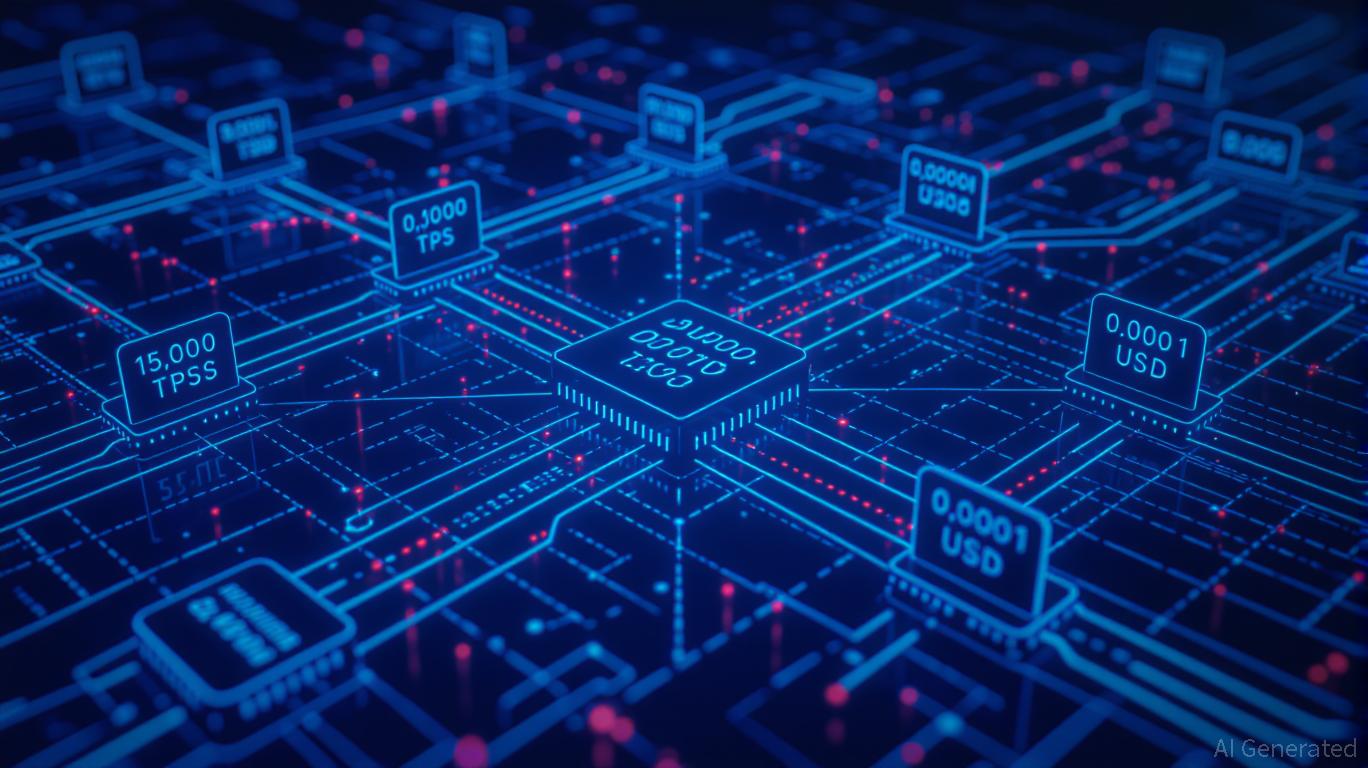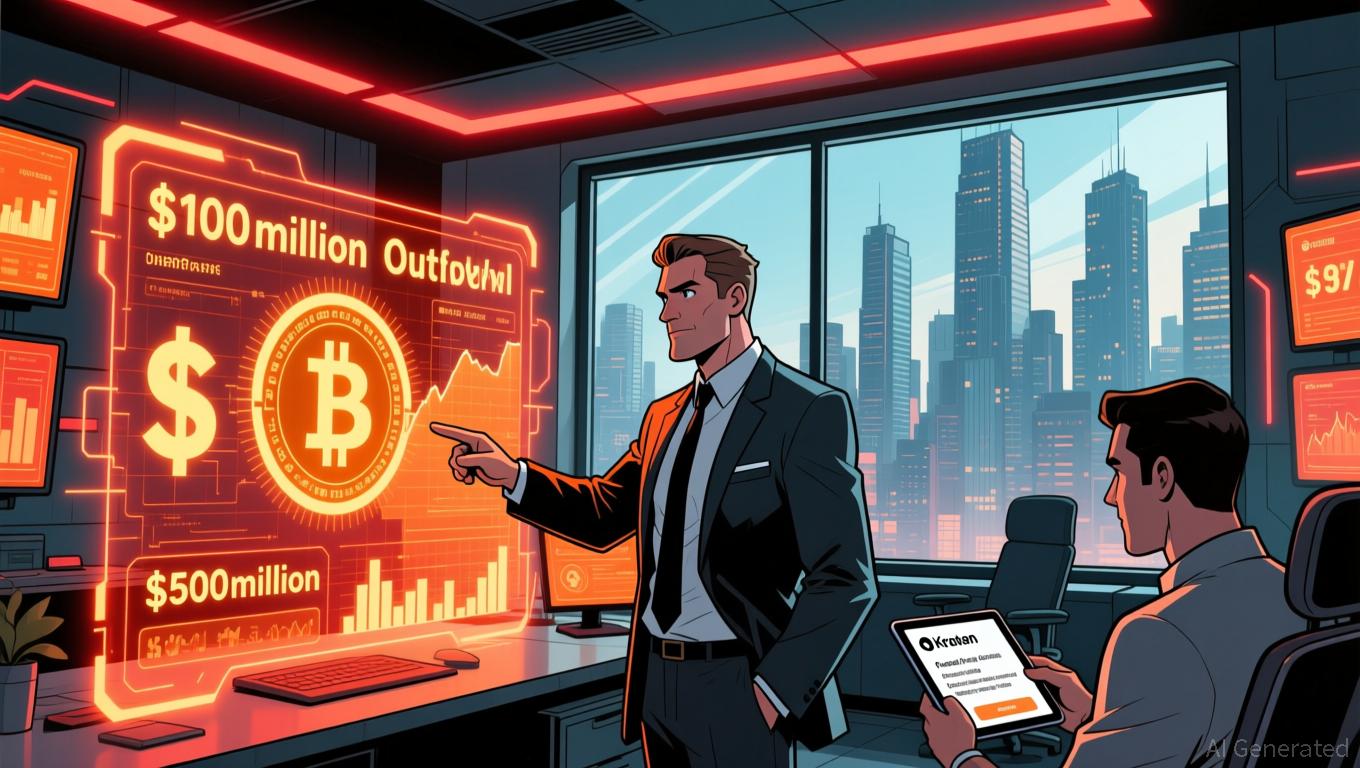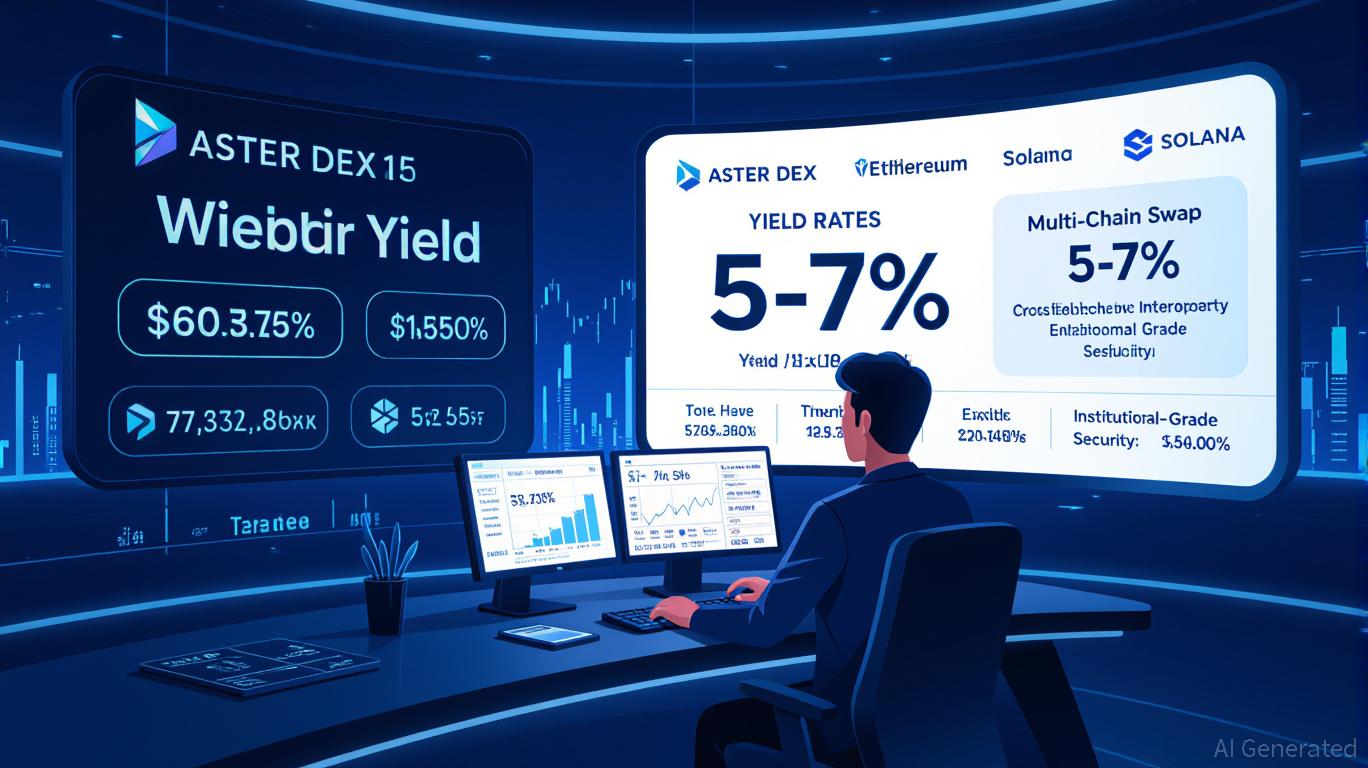WLFI's Burn Initiative: Is It Capable of Recovering from a 50% Price Drop?
- World Liberty Financial (WLFI), backed by Donald Trump, launched a token buyback-and-burn program after 99.8% governance approval. - The initiative redirects 100% of treasury liquidity fees from Ethereum, BNB Chain, and Solana to reduce supply and stabilize price volatility. - WLFI’s token price has fallen over 50% since launch, with analysts predicting 25–50% upside if the program gains traction. - Critics warn buybacks may divert funds from product development, while the project emphasizes prioritizing

World Liberty Financial (WLFI), a digital asset project supported by former U.S. President Donald Trump, has initiated a token buyback and burn scheme after receiving overwhelming approval in a governance vote. With 99.8% of participants in favor, the plan allocates all treasury liquidity fees from
This buyback-and-burn process excludes fees from community or third-party liquidity providers, focusing exclusively on protocol-owned liquidity (POL) to ensure transparency. Acquired tokens will be sent to a burn address, and all transactions will be visible on-chain for public verification WLFI Holders Approve Buyback And Burn After 41% Price Drop [ 2 ]. The team highlights that this method is intended to benefit “dedicated long-term holders” by removing tokens from short-term speculators, thereby increasing the value of remaining tokens Trump-Linked WLFI Passes 100% Buyback & Burn Proposal [ 3 ].
The rollout began this week across the three main blockchains, with WLFI pledging to release comprehensive reports after each burn event. Market analysts have pointed out that the program could drive prices higher, though the actual impact will depend on the amount of fees generated. Crypto analyst Captain Faibik predicted a 25% price increase after the proposal passed, while others believe gains could reach 30–50% if the plan is widely adopted Trump-Linked WLFI Passes 100% Buyback & Burn Proposal [ 3 ]. Technical indicators show WLFI forming a falling wedge pattern, with resistance near $0.26 that could spark a short-term price bounce WLFI Burn Proposal Targets 50% Price Surge With Buybacks [ 4 ].
WLFI’s governance decision came after a volatile launch, during which the token lost 40% of its value in just three days, despite an initial burn of 47 million tokens Trump-Backed World Liberty Financial to Launch Buyback and … [ 1 ]. The proposal clearly stated its goal to “eliminate tokens held by those
For WLFI to succeed over time, consistent execution and transparent reporting will be crucial. The project’s leaders have stated their intention to expand the program to include more revenue sources as the ecosystem evolves. Investor confidence will also depend on clear governance, such as who manages the treasury and how burn transactions are approved. While the initiative tackles immediate supply issues, its effectiveness in reversing WLFI’s price decline has yet to be proven.
Disclaimer: The content of this article solely reflects the author's opinion and does not represent the platform in any capacity. This article is not intended to serve as a reference for making investment decisions.
You may also like
Vitalik Buterin Backs ZKsync: Igniting Ethereum Layer 2 Innovation and Ushering in the Next Era of DeFi
- Vitalik Buterin's endorsement of ZKsync's Atlas upgrade accelerates Ethereum's ZK-based scalability strategy, positioning ZKsync as a key DeFi infrastructure player. - The upgrade achieves 15,000+ TPS with near-zero fees via ZK Stack, enabling 30% stablecoin dominance and bridging Ethereum's L1-L2 liquidity gaps. - Institutional adoption surges as ZK token gains 50% post-endorsement, supported by $15B in ZK-related DeFi inflows and StarkNet's TVL tripling in Q4 2025. - Upcoming Fusaka upgrades (30,000 TP

ZK Atlas Enhancement and Its Influence on Layer 2 Scaling
- The ZK Atlas Upgrade (Oct 2025) revolutionized Layer 2 scalability with 15,000+ TPS and $0.0001/tx costs via innovations like Atlas Sequencer and Airbender prover. - Vitalik Buterin's GKR protocol reduced ZK verification costs 10-15x, slashing Ethereum gas fees by 90% and boosting DeFi competitiveness. - ZK ecosystem TVL hit $3.5B by 2025, with $15B in Bitcoin ETF investments and 60.7% CAGR projected for ZK Layer 2 market growth to $90B by 2031. - Institutional adoption accelerated as stablecoins capture

Bitcoin Updates Today: Veteran Bitcoin Holders Selling Raises Questions: Is the Market Unstable or Undergoing a Tactical Change?
- Bitcoin OG holders are accelerating sales of decade-old BTC stashes, with $1B+ moved from pre-2018 wallets in 2025. - Analysts debate motives: Erik Voorhees sees long-term adoption focus, while Willy Woo cites quantum risk mitigation and SegWit address shifts. - Price volatility intensifies as BTC struggles to reclaim $105k-$106k support, with $722M realized losses and ETF buying ($530M) failing to offset selling pressure. - Historical patterns suggest potential 15-20% corrections, with on-chain expert D

DeFi’s Latest Gateway: How DASH’s Calculated Strategy Demonstrates Trustworthiness to Institutions
- Aster DEX's DASH token, with institutional backing, drives DeFi adoption through hybrid models. - DASH's yield-collateral model offers 5-7% returns, bridging traditional and decentralized finance. - Partnerships with Binance and $17.35B TVL validate Aster DEX's institutional credibility. - Price volatility and regulatory risks persist, but hybrid compliance tools mitigate challenges. - DASH's strategic move highlights DeFi's potential as a bridge to next-gen financial infrastructure.
